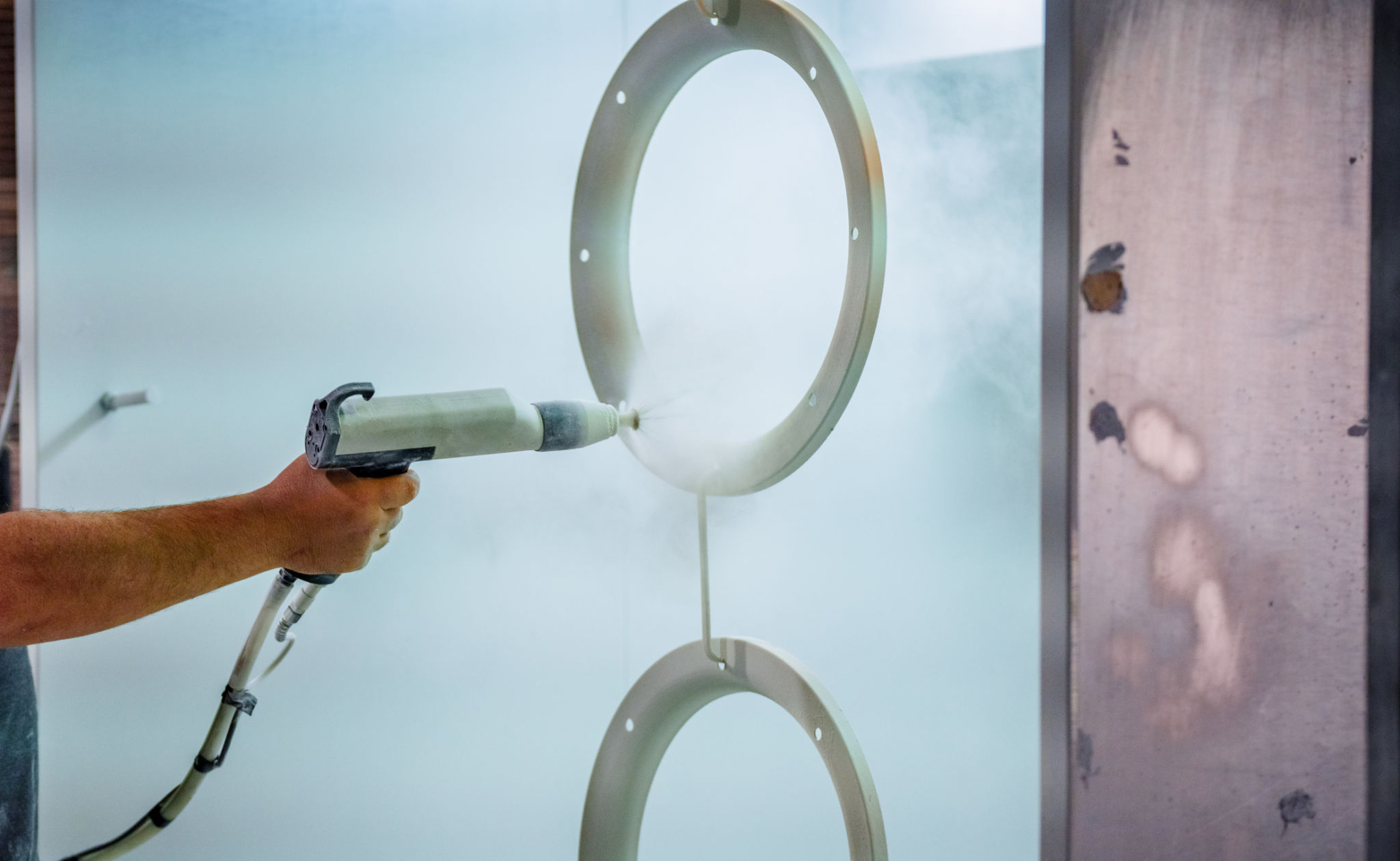Understanding the Metal Casting Process: A Comprehensive Guide
Introduction to Metal Casting
Metal casting is a fascinating and ancient process that plays a crucial role in manufacturing a wide array of products. From intricate sculptures to robust machine parts, casting allows for the creation of complex shapes that would be difficult or impossible to achieve through other manufacturing techniques. In this guide, we delve into the intricacies of the metal casting process, exploring its various stages and techniques.

The Basics of Metal Casting
At its core, metal casting involves pouring molten metal into a mold where it solidifies into the desired shape. This process can be broken down into several key stages: pattern creation, mold making, melting, pouring, cooling, and finishing. Each stage is critical to ensuring the quality and accuracy of the final product.
The choice of metal is another essential factor. Commonly used metals in casting include aluminum, iron, steel, copper, and bronze. Each metal has unique properties that make it suitable for different applications, from lightweight aluminum engine parts to durable iron cookware.
Types of Metal Casting Techniques
There are numerous casting techniques used to meet specific production needs. Some of the most popular methods include:
- Sand Casting: A versatile and cost-effective method that uses sand as the mold material.
- Die Casting: Involves forcing molten metal into a mold cavity under high pressure, ideal for mass production.
- Investment Casting: Also known as lost-wax casting, this technique is used for creating intricate and detailed components.
- Centrifugal Casting: Utilizes centrifugal force to distribute molten metal into a rotating mold, commonly used for cylindrical parts.

Pattern Creation and Mold Making
The first step in the metal casting process is pattern creation. The pattern is a replica of the final product and is used to create the mold cavity. Patterns can be made from various materials, including wood, metal, or plastic, depending on the complexity and precision required.
Mold making follows pattern creation, where the mold material is packed around the pattern to form a cavity once the pattern is removed. The mold must withstand high temperatures and pressure without deforming to ensure the quality of the cast.
Melting and Pouring
Once the mold is prepared, the next step is melting the chosen metal. This is typically done in a furnace capable of reaching temperatures high enough to liquefy the metal. The molten metal is then carefully poured into the mold cavity, filling every nook and cranny to capture the detailed design.

Cooling and Solidification
The cooling stage is critical as it determines the structural integrity and properties of the cast metal. As the metal cools, it solidifies and shrinks slightly. Proper cooling times must be observed to prevent defects such as cracks or internal stresses that could compromise the component's durability.
Casting defects can occur if cooling isn't managed correctly. These can include porosity, shrinkage cavities, or misruns. Thorough quality checks are necessary to ensure that each casting meets the required standards.
Finishing Touches
The final stage of metal casting involves finishing processes to enhance the product's appearance and functionality. This may include removing excess material (known as flash), grinding, polishing, or applying coatings for corrosion resistance. The finishing touches ensure that the cast product meets both aesthetic and performance criteria.
Advanced finishing techniques like CNC machining or heat treatments can also be employed to meet specific industry requirements, enhancing precision and material properties.

Conclusion
The metal casting process is an essential manufacturing method that combines traditional craftsmanship with modern technology to produce high-quality components across various industries. Understanding each stage of this process helps in selecting the appropriate technique for specific applications and ensures the production of components that meet the desired specifications and standards.
Whether you're exploring metal casting for industrial applications or artistic endeavors, this comprehensive understanding will provide a solid foundation for your project needs.
